Key Places - Nepal
Kathmandu to Muktinath
Chitwan National Park
Setting the bikes aside, your rest day here at the Chitwan National Park affords the opportunity to discover one of Nepal's great delights. The Park was established in 1973 and recognised as a World Heritage Site in 1984. It is situated in the subtropical Inner Terai Lowlands of south-central Nepal in the Chitwan district and varies from about 100 m (330 ft) altitude in the river valleys to 815m(2,674 ft) in the Churia Hills. Historically Chitwan was a popular hunting ground of the Nepali ruling class, shooting leopards, tigers, rhinoceros and sloth bears. Today the area in the national park south of south of Rapti river is demarcated as a rhinoceros sanctuary.
Within the park a number of ecosystems co-exist including the Churia hills, ox-bow lakes and the flood plains of the Rapti, Reu and Narayani rivers. The Churia hills to the east rise from 150m. To more than 800m. In the western park area are the lower and more rugged 'Someshwor Hills'. Here the park borders onto the 'Parsa Wildlife Reserve'. Within the Chitwan valley are tropical and subtropical forests. Sal forests cover 70 percent of the park. Sal leaves are used locally for plates in festivals and religious offering. About 20 acres of the national park area is grassland. There are more than 50 different types of grasses including elephant grass (Saccharum Ravennae). Renowned for its growing potential this grass can grow as high as to 8 metres. The shorter grasses (Imperata spp.) are used for roof thatching, and mats, rope and paper making purpose. The park hosts than 50 mammal species, over 525 birds, and 55 amphibians and reptiles.
The best place to start is at the Visitor Centre at Sauraha which provides fascinating information on wildlife and conservation programmes. The park is a popular destination for eco-tourists and activities (at an extra charge) include:
Canoeing: A journey down the river Rapti in a traditional dugout canoe offers the chance to quietly observe the exotic species of birds and animals that come to drink at the water's edge.
Elephant safari: The opportunity to get a closer view of the endangered one-horned rhinoceros and possibly the elusive Bengal tiger from a safe vantage point.
Guided jungle walk or drive: Walk or drive deep into the jungle, accompanied by an experienced naturalist, to prime locations in search of rare animals.
Bird watching: An early morning walk through the bush and along the Rapti River, with an expert guide to view some of the 450 species of exotic birds including the Giant Hornbill, Lesser Florican and Paradise Flycatcher.
Observation tower: Climb the 22 foot high wooden tower built in a prime location within the park for a unique perspective on wildlife.
Village tour: Visit a traditional Tharu village deep in the jungle.
This evening you can relax in the hotel ready to set off on the bikes again tomorrow as we head off for a full days cycling onto Lumbini.
Kathmandu
Kathmandu. When you arrive in Nepal, you will have a day to collect your bike if you are hiring one for the trip, meet the group, and take in the atmosphere of Nepal's primary city.
The capital, Kathmandu, is a key destination for trekkers and independent travellers, with an established tourist district, Thamel. This is a great starting point from which to explore the city, with an array of souvenirs for sale on colourful stalls in narrow cobbled streets. If you search a little further you will see the real Nepal; a place of contrasts, marigold strewn temples, winding back streets where traders sell their wares and artisan workshops of a bygone era.
Head from Thamel towards the world heritage site, Durbar Square; you will pass markets, courtyards and stupa decked with colourful prayer flags. Durbar Square comprises 3 areas featuring traditional Nepali architecture. A key attraction in the square is the Maju Deval. A Shiva temple that dates from 1690. Built by the mother of Bhaktapur's King Bhupatindra Malla. The temple is famed for its Shiva lingam (phallic symbol) inside. The roof is decorated with ornateerotic carvings on the struts and from here you will have a wonderful view of the square and across the roofs of the city. The nine-stage ochre platform of the Maju Deval is a popular meeting place where you can watch the lively coming and goings of the city; flower sellers and fruit and vegetable hawkers, taxis and rickshaws, and other traders offering their wares to visitors. To the east side of the Maju Deval is a smaller temple to Kam Dev, a 'companion' of Shiva. .
The Kumari Bahal on the east side of Basantpur Square is the home of the Royal Kumari; living goddess of Nepal. Built in 1757, it is a red brick building, several stories high with ornately carved windows. Stone Lions guard the courtyard. The Kumari is a young girl selected to be goddess until she reaches puberty when it is believed that she resumes life as a mortal. Although it is believed to be bad luck to marry an ex-Kumari. Tradition says that the goddess answers the question you are thinking by the look of her face. When the Kumari is present it is forbidden to take pictures. .
Make sure you visit the Sagarmatha Bazaar on Mandala St. This is the only pedestrianised street in Kathmandu. The other face of this bustling city is the emerging modern development of concrete constructions and heavy pollution from traffic. .
Other key attractions in Kathmandu include: .
Swayambhu A large stupa, of cultural significance, and one of the most highly revered Buddhist sites in Nepal, with great views over the city. It's a 20-30 minute walk from Thamel, or take a taxi or rickshaw. Another sacred site for Tibetan Buddhism ,is the Baudha Stupa in Baudha .
Narayanhiti Palace Museum. In 2009 the The Royal Palace became part museum and part foreign ministry. The grand halls of the main building are open to visitors. At sunset as you approach or leave the palace you will be aware of giant fruit bats hanging from the trees and huge bamboo around the building. .
Garden of Dreams - a beautiful, tranquil walled garden close to the former Royal Palace.
Pokhara
Pokhara is a popular tourist destination. It is a base for trekkers undertaking the Annapurna Circuit and other treks along the Annapurna mountain range. Situated in a valley with steep mountains rising around it, Pokhara is renowned for its tranquil atmosphere and beautiful surrounding countryside. Mount Machhapuchhare rests high above the city, its peaks are reflected in the still waters of Phewa Tal lake, an expanse of crystal clear Himalayan water. In this area, within 30 km, the elevation rises from 1,000 m to over 7,500 m and you can expect rain.
The city lies on the ancient trading route between China and India. Today you will find tourists milling amongst traders selling colourful prayer flags and carpets, amongst other goods. There are numerous museums, caves, waterfalls and Tibetan settlement villages to visit in the surrounding hills including Barahi temple, situated in the middle of Phewa lake, Pokhara Museum, Annapurna Museum, Bindhyabasini temple, the World Peace Pagoda and Davis Falls.
The Annapurna Circuit
Annapauna/Muchtinar
Jomsom is the headquarters of the Mustang District and a key location along the popular Annapurna Circuit trekking route. Mustang is one of the last areas of the world where the ancient Bonpo Religion is practised. Villages to visit for Bonpo are Thini and Lupra near Jomsom, and Nargon near Kobang. Annapurna is a series of Himalayan peaks, it literally means 'full of food' but is usually translated as 'Goddess of the Harvests'. The trekking circuit is within Nepal's largest conservation area and is renowned for its outstanding beauty. We cycle off-road from here, mainly uphill through a dramatic, arid landscape towards Muktinath (3,825 m). It is a tough ride over rocky terrain which resembles the Tibetan plateau with some fascinating rock formations en route.
Muktinath
When we arrive at Muktinath your cycling stamina will be rewarded with the spectacular views at the foot of the Thorong La mountain pass. This is an outstanding view point. The temple here Muktinath-Chumig Gyatsa is a remarkable example of a sacred place of shared by two world religions and a key pilgrimage site in Nepal for Buddhists and Hindus. For centuries, they have journeyed from Nepal and India to visit the central shrine. Tibetan Buddhist nuns conduct services and outside the temple, we will see long-bearded Hindu sadists wrapped in scarves and turbans. The local name for the temple is Chumig Gyatsa (hundred waters). According to Buddhist and Hindu tradition, everything in life is born of the five elements earth, air, water, sky and fire. It is the presence of all five elements here that bring these two religions together. Inside the Jwala Mai temple, an eternal flame burns from deep within the earth. On the mountainsides, trees grow abundantly at unusually high altitude. Tradition says that one hundred and eight water spouts pour down from mountain streams, supplying a constant source of cleansing holy water to the village.
In the Hindu faith Lord Vishnu was given salvation from the curse of Brinda (wife of Jalandhar) here. Therefore he is worshipped as Muktinath (meaning Lord of Salvation). The main shrine of Muktinath is a pagoda - shaped temple dedicated to the Lord Vishnu. Buddhists worship Vishnu as Avalokiteshvara. Tibetan Buddhists regard Muktinath-Chumig Gyatsa as a location of Dakinis (goddesses known as 'Sky Dancers') and is one of the 24 Tantric places.
The temple itself is one of the oldest Hindu temples still in existence dates back several hundred years, it features metal statues of Lord Vishnu and Goddesses Laxmi, Saraswoti, Janaki, Garuda, Lava-Kush and Sapta Rishis.
If you need assistance or wish to discuss the tour, please feel free to call us on +44 (0) 1463 417707.
Alternatively, you can email us on office@redspokes.co.uk for more information on this adventure holiday.
Key Places
There are several key places on our Nepal cycling holiday. Please choose from the following list for more information on each key place.
Customer Testimonial
"This trip was an adventure from start to finish. It challenged me in so many ways- it was so much more than the cycling . Unexpectedly ox could not lead..."
Kate Mccoy









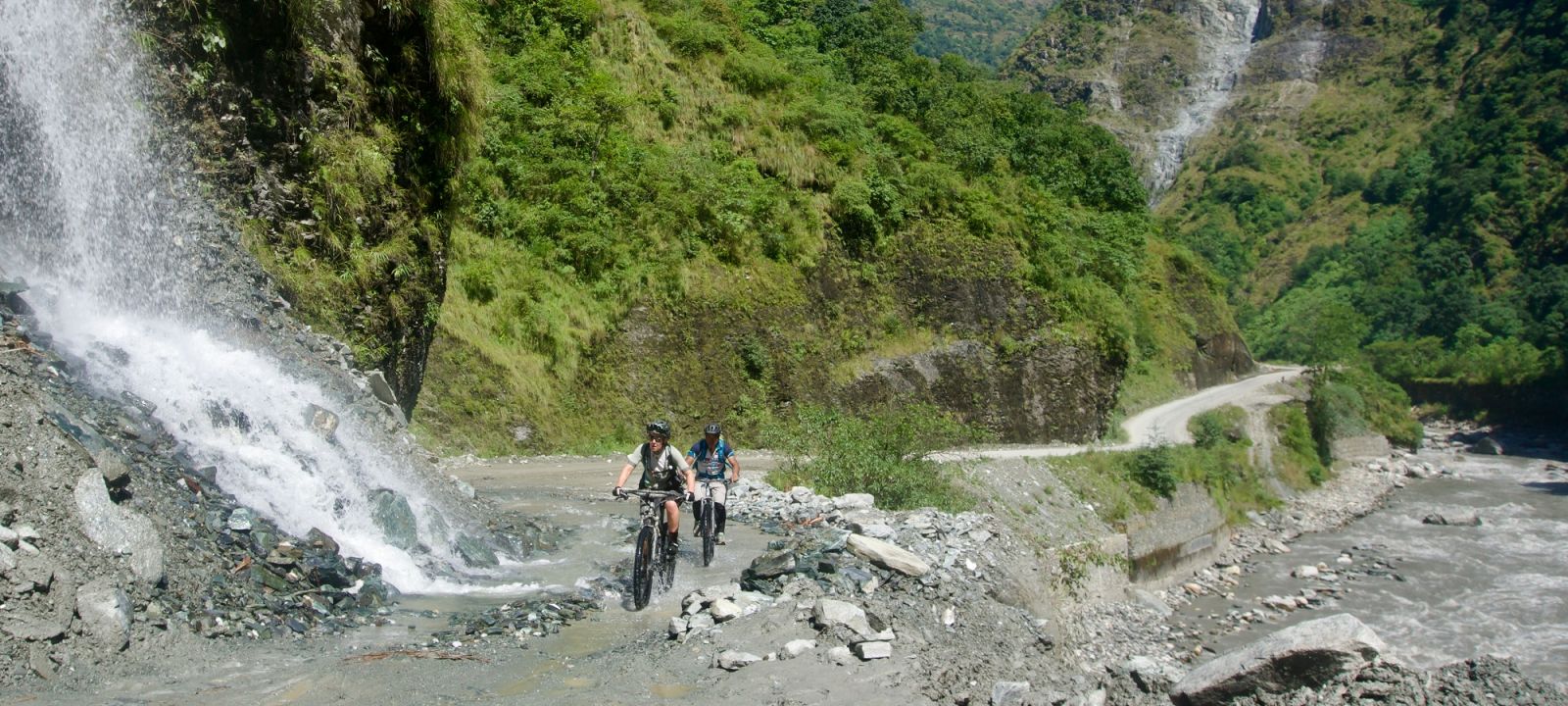
.jpg)
.jpg)
.jpg)
.jpg)
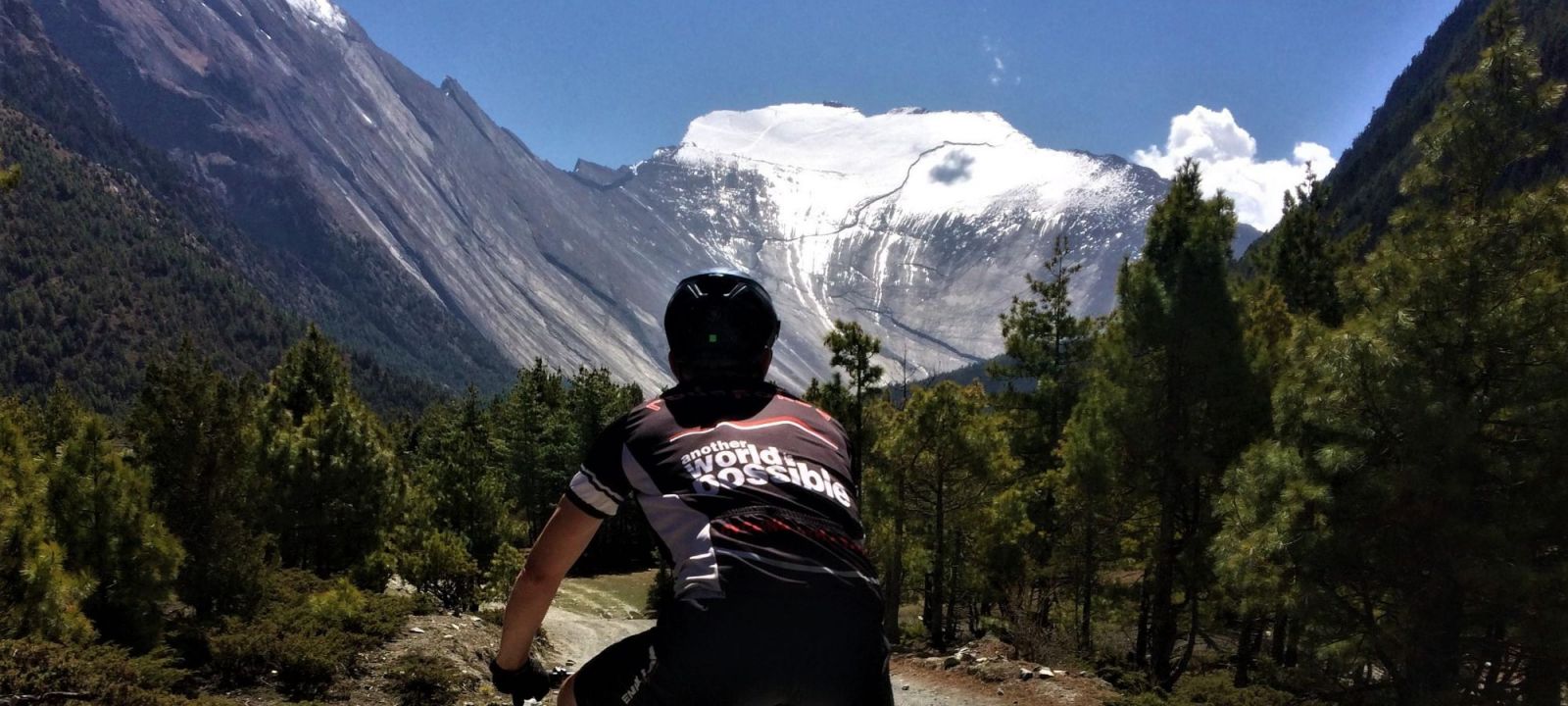
.jpg)
.jpg)
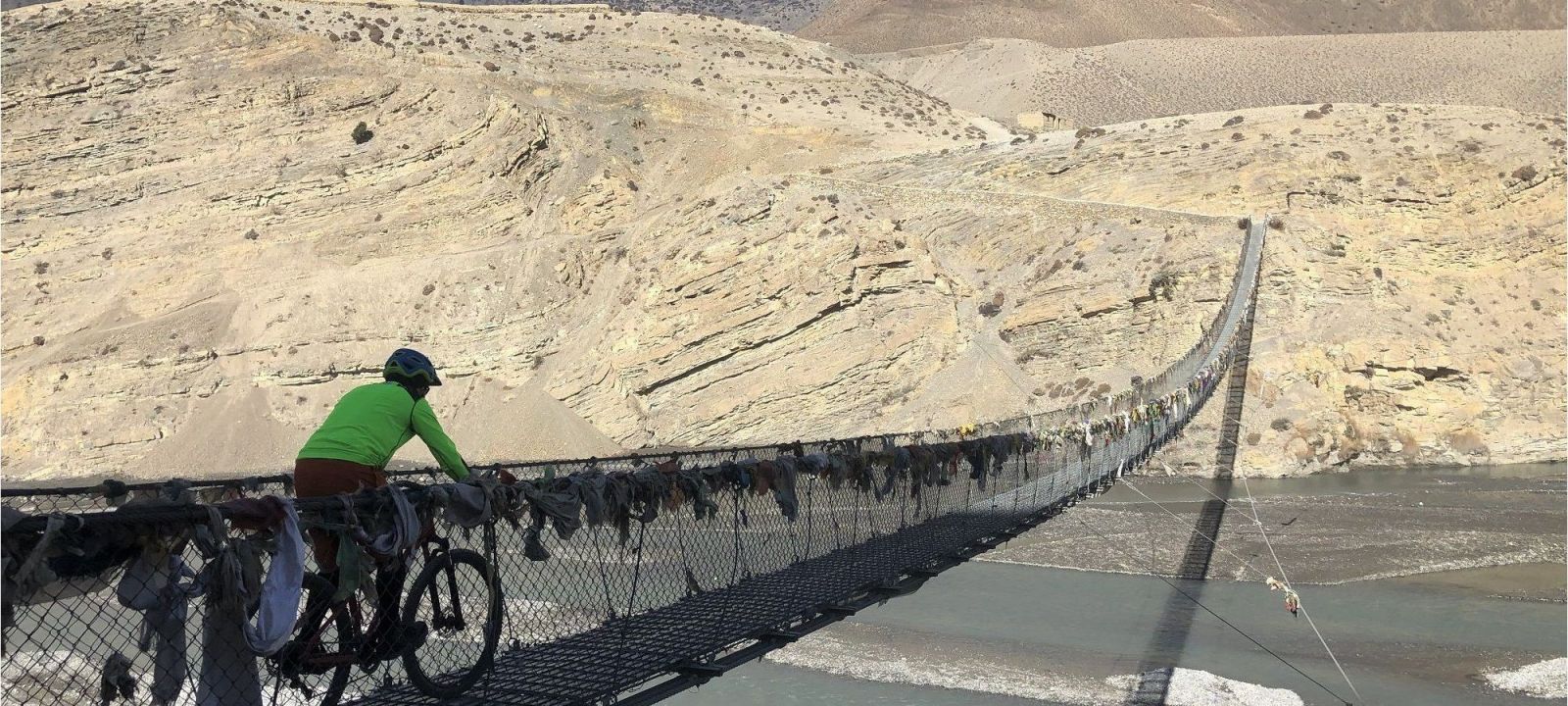
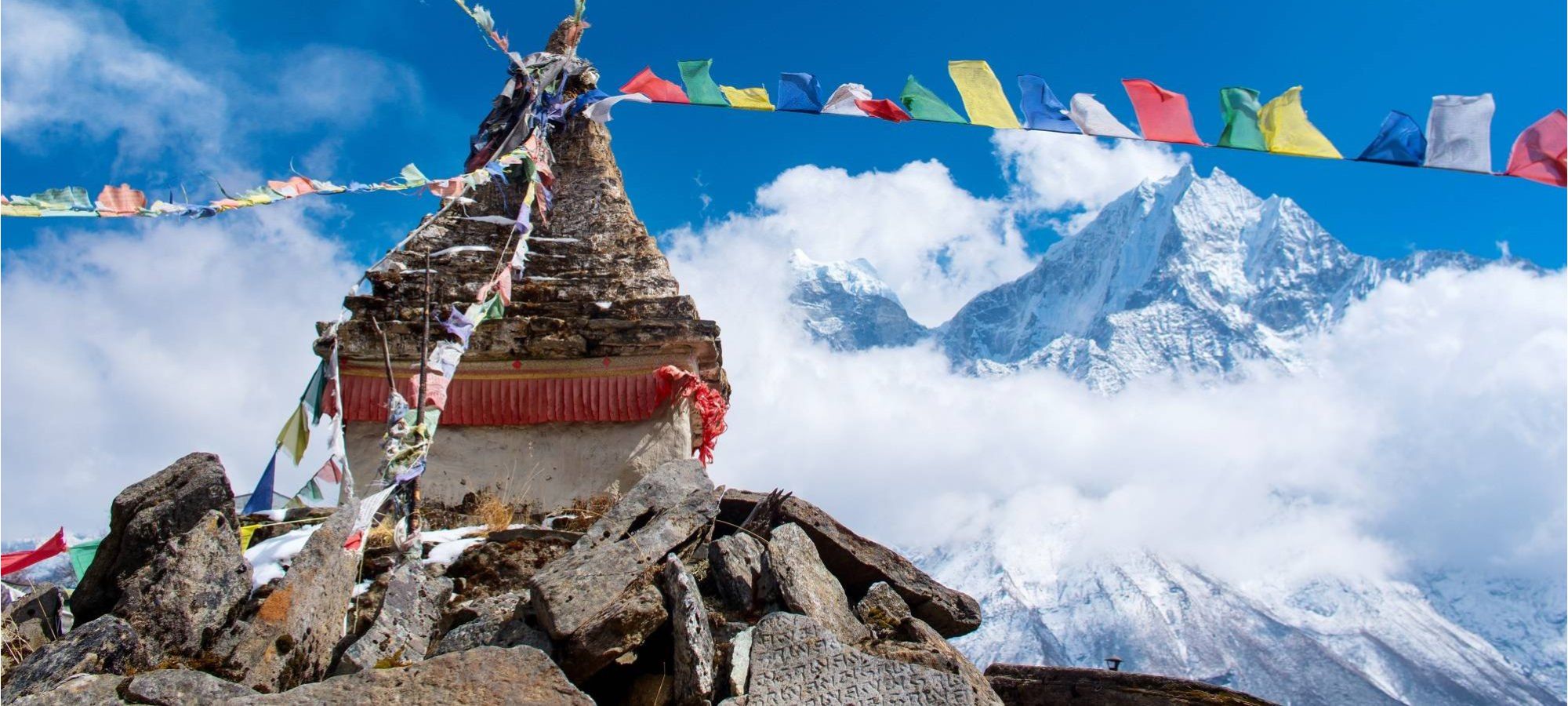
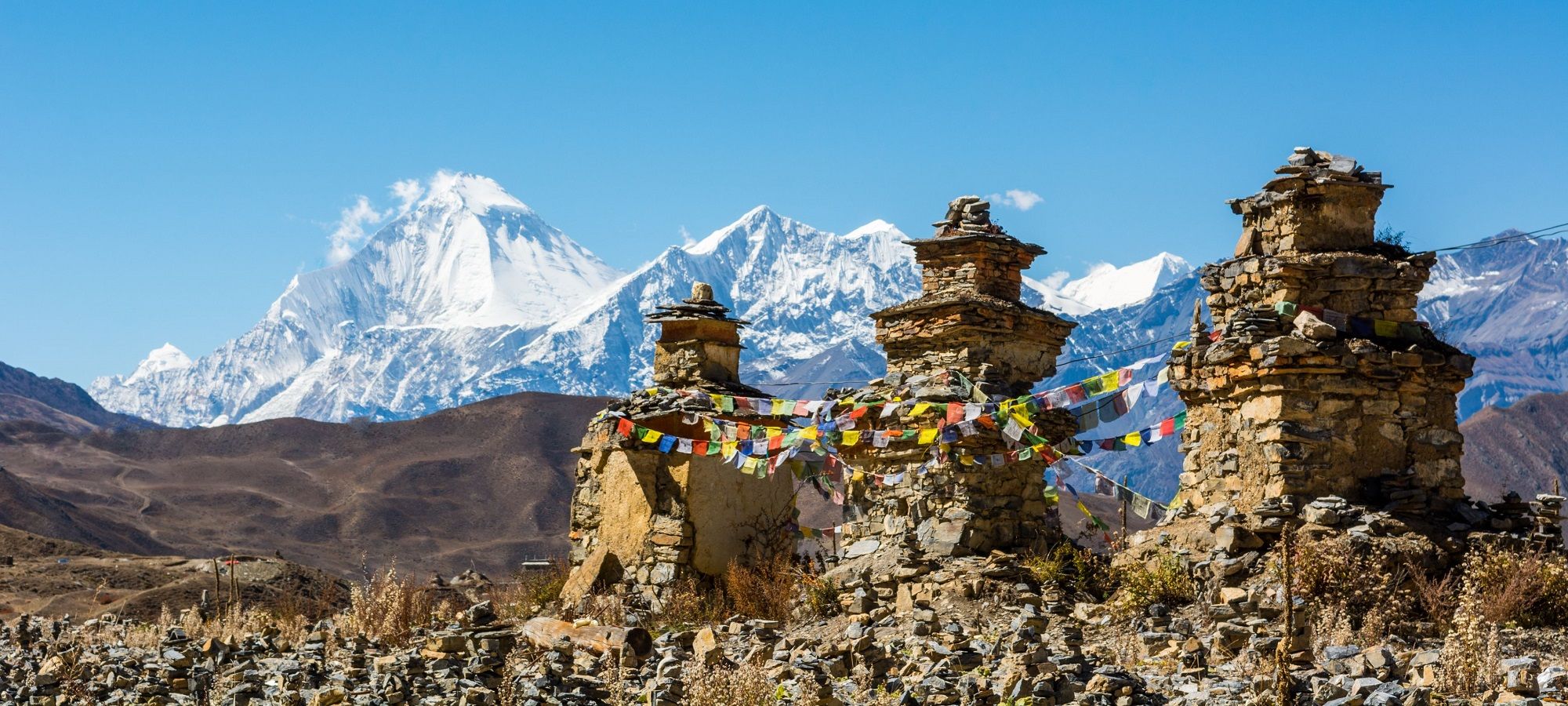
.jpg)
.jpg)
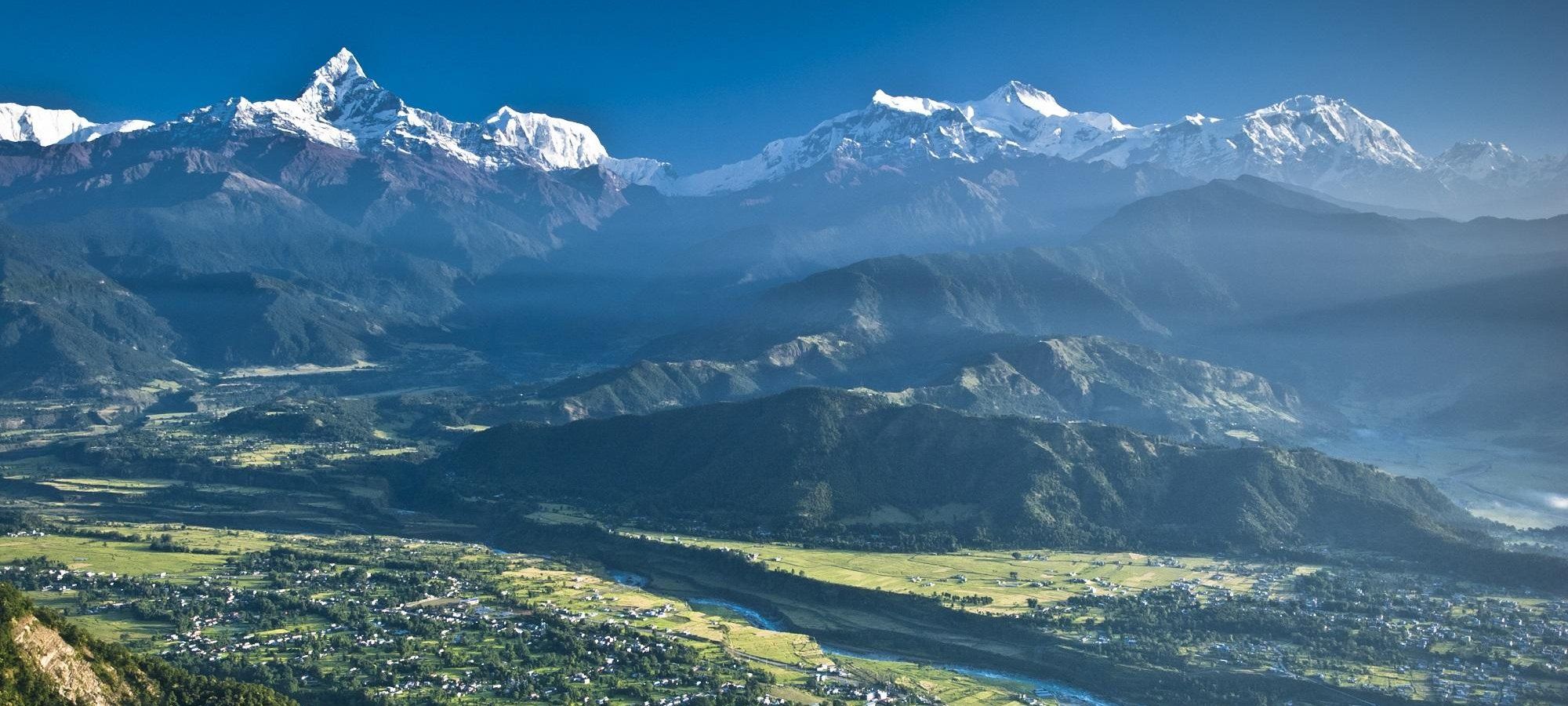
.jpg)
.jpg)